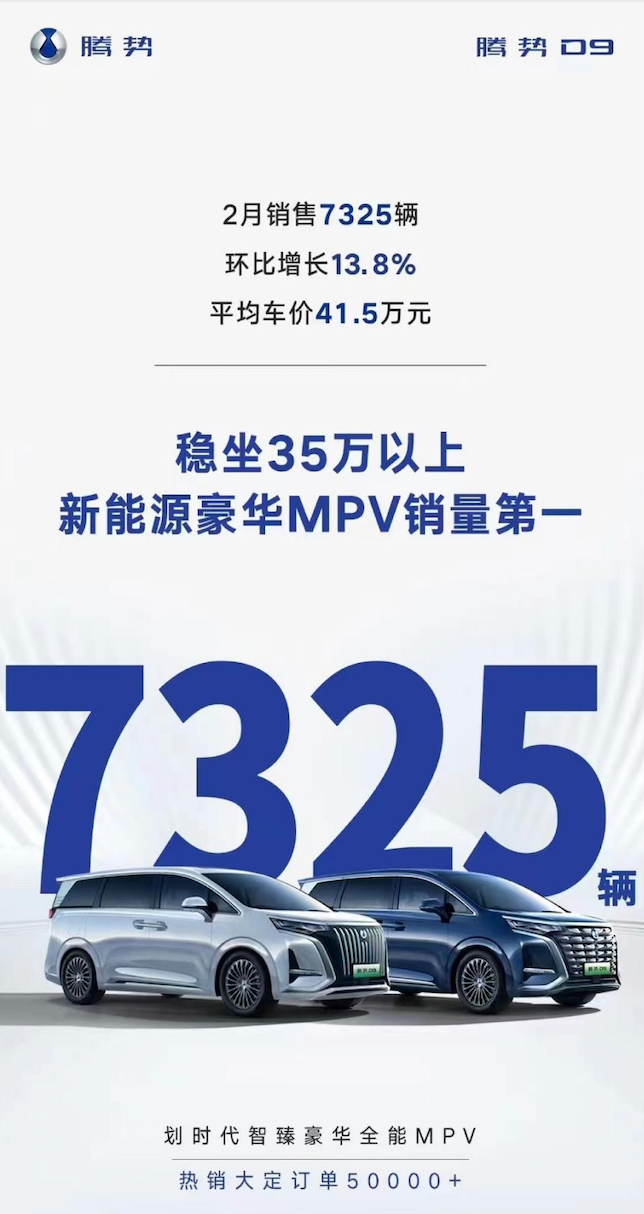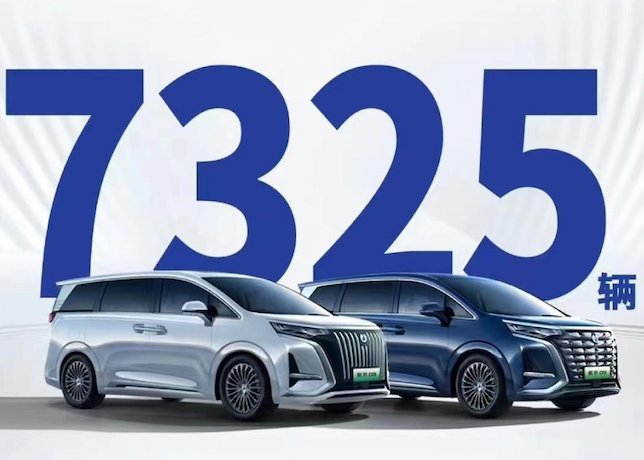Author: Xu Jinkai
Since January 6, when Tesla China announced a significant price reduction, the trend of intense competition within the industry has already been established for 2023.
Leading the charge, NIO was the first to launch its disguised discount campaign, followed by XPeng, IM Motors, and other brands who also offered such promotions in various forms.
Compared to these “wordplay” discounts, BYD’s method of adjusting pricing during the annual model revision is more direct. However, after the starting price of Qin PLUS-DM-i Champion Edition was announced at CNY 99,800, BYD was also labeled as the “price butcher.”
On March 1st, IM Motors updated its entire lineup with minor adjustments in configurations and a major focus on reducing prices as a theme for its new product launch. The practice of reducing the price of its entry-level models by 20-30 thousand yuan made its rivals feel stifled, and the even fiercer pricing war was launched.
Although the business environment is becoming increasingly harsh, life must go on. All new energy companies rushed to submit their monthly performance report at the beginning of this month. Among them, BYD remained the reigning champion.
BYD’s Unchallenged Dominance
Perhaps eager to share its “joy of success,” BYD updated its monthly production and sales report on its official website of the Stock Exchange on March 1.
The data showed that in February, BYD’s production volume was 203,172 vehicles, an increase of 122.27% over the same period last year.
By the end of February, BYD had generated a total production volume of 357,360 vehicles, a growth of 92.64% compared to the same period last year.

February is the shortest month of the year, with only 28 days. If we exclude the eight days of rest during weekends, BYD’s average daily output has exceeded 10,000 vehicles, a mark beyond the reach of most of its competitors in the EV industry.From the sales perspective, BYD sold a total of 193,655 new vehicles in February, a year-on-year increase of 112.63\%.
From January to February, BYD’s cumulative sales were 344,996, a year-on-year increase of 84.98\%.
According to the information released by BYD’s official WeChat account, in February, the overall sales of BYD Dynasty and Ocean Network were 184,339, an increase of 28.3\% compared to the previous month; only one model, the D9 from the DENZA brand, sold 7,325 units, an increase of 13.8\% compared to the previous month, and 15,002 vehicles were exported overseas, an increase of 44.1\%.
Since the advent of DM-i technology, BYD has entered a new fast-growing track. However, due to the limitation of production capacity and high battery cost, the pricing of DM-i models is still higher than that of pure fuel vehicles.
With the increase of production capacity and the decrease of battery cost, the price of BYD DM-i series will have further room to decrease. The championship version of Qin PLUS DM-i, priced at less than 100,000 yuan, is the best proof.
This is just the beginning. According to reports, BYD will take advantage of the annual model update to adjust the selling price to achieve the goal of DM-i models being priced the same as pure fuel vehicles. By then, BYD will further occupy the market share of traditional fuel vehicles.
In addition to squeezing the market space of fuel vehicles, BYD is also aiming to launch an assault on the high-end market through DENZA. The competition between DENZA D9 and GL8 shows that the restructuring of the DENZA brand has achieved good results, which will lay the foundation for the launch of SUV models.
Coupled with the increasing recognition of the overseas market, BYD has formed a pattern of occupying the low-end market of fuel vehicles, breaking through the high-end market, and accelerating the layout of the overseas market. All three areas have great market potential, which will lay a foundation for BYD to continue to lead the new energy market.
 ## Can Deep Blue Become the Next Aiways?
## Can Deep Blue Become the Next Aiways?
There are many new brands born from traditional automotive enterprises in the current new energy market except BYD, among which the most successful one is undoubtedly GAC Aion.
According to the sales data released by Aion, in February, Aion sold 30,086 vehicles, a year-on-year increase of 253% and a month-on-month increase of 195%. In the first two months of this year, Aion’s cumulative sales were 40,292 vehicles, a year-on-year increase of 64%.
Although many industry insiders regard Aion as a “ride-hailing brand“, it cannot be denied that Aion has successfully entered the 150,000-level consumer market and achieved good results, which is very rare.

It should be noted that the 150,000 consumer market is the most difficult market to replace for traditional fuel vehicles, and consumers with budgets around 150,000 have the most demanding requirements. They want the vehicle to have affordable operating costs and no worries about charging. In this context, Aion has gradually completed the mission of penetrating from ride-hailing to private cars, providing a model for new energy brands to break into the 150,000 consumer market.
From the perspective of market development, Deep Blue will be the biggest beneficiary following Aion.
According to the official data released by Deep Blue, in February, the delivery volume of Deep Blue SL03 was 4,103 vehicles, and as of the end of February, Deep Blue SL03 had delivered a cumulative total of 37,328 vehicles.
Aion has 5 models on sale with a monthly sales volume of 30,000 and an average of about 6,000 units per single model, while Deep Blue has only one model on sale with a monthly sales volume of 4,000, most of which are private cars.
Through such a comparison, it is not difficult to find that Deep Blue has the strength to compete with Aion in the private market.
With the arrival of the second model S7, Deep Blue’s market performance is expected to be further improved. Under the siege of brands such as Aion, Deep Blue, Galaxy and BYD, the market advantage of traditional fuel vehicles will no longer exist, and the situation of joint venture brands that once monopolized the fuel vehicle market will become increasingly difficult.“`
Unlike EAON and Deep Blue, who attack the affordable market, Zeekr, Voyah, IM, and Avita are weapons for traditional car companies to attack the high-end new energy market, among which Zeekr’s performance is the most outstanding.
Official data shows that Zeekr’s sales in February were 5455 units, a year-on-year increase of 87.1% and a month-on-month increase of 75.1%.
In February, Voyah sold 1107 units, a year-on-year increase of 50%.
_20230303015106.png)
IM and Avita, which have just started, have not announced their monthly sales, but the cost-effective strategy of the IM LS7 has achieved initial results, and the order volume has exceeded 15,000 units.
With the Huawei halo, Avita is also preparing to break through the market. In addition to the Avita 11 entering the Huawei exhibition hall, the Urban NCA will also be launched this year. At that time, Avita is expected to become a representative of breakthrough development in smart driving.
The Only Chance for XPeng to Keep Up
In the field of new car-making forces, market differentiation is also underway. From the market performance alone, XPeng is at risk of falling out of the first echelon.
Data shows that XPeng delivered 6010 vehicles in February, a slight decrease from the performance of 6215 vehicles in the same period last year.
The cumulative delivery volume of XPeng Automotive in the first two months of this year was 11,228 units, which is significantly different from other new forces with monthly sales exceeding 10,000.
Ideally, in February, Idean delivered 16620 vehicles, with an increase of 97.5% year-on-year. From the perspective of sales volume and transaction price, Ideal has surpassed XPeng.
NIO, which also overwhelms XPeng, officially delivered 12,157 new cars in February, a month-on-month increase of 42.9% and a year-on-year increase of 98.3%.
Among them, 5,037 SUVs were delivered and 7,120 sedans were delivered.
From January to February, NIO delivered a total of 20,663 new cars, a year-on-year increase of 30.9%.
_20230303015217.png)
Since the launch of G9 with unreasonable SKU settings last year, XPeng's development has gradually slowed down. In addition, its frequent personnel adjustments have led to increasing doubts in the industry about XPeng.
The negative public image has become the best weapon for many competitor brands to beat XPeng. Recently, some media visited the sales terminals and found that XPeng has become the easiest brand for many competitor salespeople to deal with.
However, this does not mean that XPeng has no development opportunities. The upcoming XPeng P7i is the best counterattack weapon.
P7 has always been the hero of XPeng's brand, and once it was introduced, it gained the recognition of many consumers. Nowadays, the upgraded model P7i has been improved in many aspects, and the new car is expected to change the current poor performance of XPeng and help it return to the first echelon.
Unlike "Whale Exhale," second-tier brands such as LingPao and NIO pay more attention to "cost-effectiveness." NIO adheres to the label of "technological equalization," and LingPao has built itself into a "value benchmark," which has also been well received by the market.
Official data shows that NIO's deliveries in February reached 10,073, a year-on-year increase of 41.5\%.
Among them, the delivery volume of NIO ES8 was 2048, with a month-on-month increase of 35\%. NIO said that the production capacity of ES8 is still expanding, and the assisted driving system will also be upgraded via OTA.
Unlike NIO's stable development, LingPao's pace has slowed down during the product transition period. Official data shows that in February, LingPao delivered only 3,198 vehicles.
```
At the new product launch event on March 1st, Leapmotor released 4 new models, which are:
- Leapmotor T03 has an official guide price of 59,900-89,900 yuan (the entry-level price is reduced by about 22,000 yuan);
- Leapmotor C01 has an official guide price of 149,800-228,800 yuan (the entry-level price is reduced by about 43,000 yuan);
- Leapmotor C11 has an official guide price of 155,800-219,800 yuan (the entry-level price is reduced by about 30,000 yuan);
- C11 extended range version has an official guide price of 149,800-185,800 yuan!
While decreasing prices, Leapmotor shouted their slogan "Buy a car, look for Leapmotor, reference on value". This aggressive price-cutting move will to a large extent make up for the low delivery volume in February and power up Leapmotor's future development.
This article is a translation by ChatGPT of a Chinese report from 42HOW. If you have any questions about it, please email bd@42how.com.
